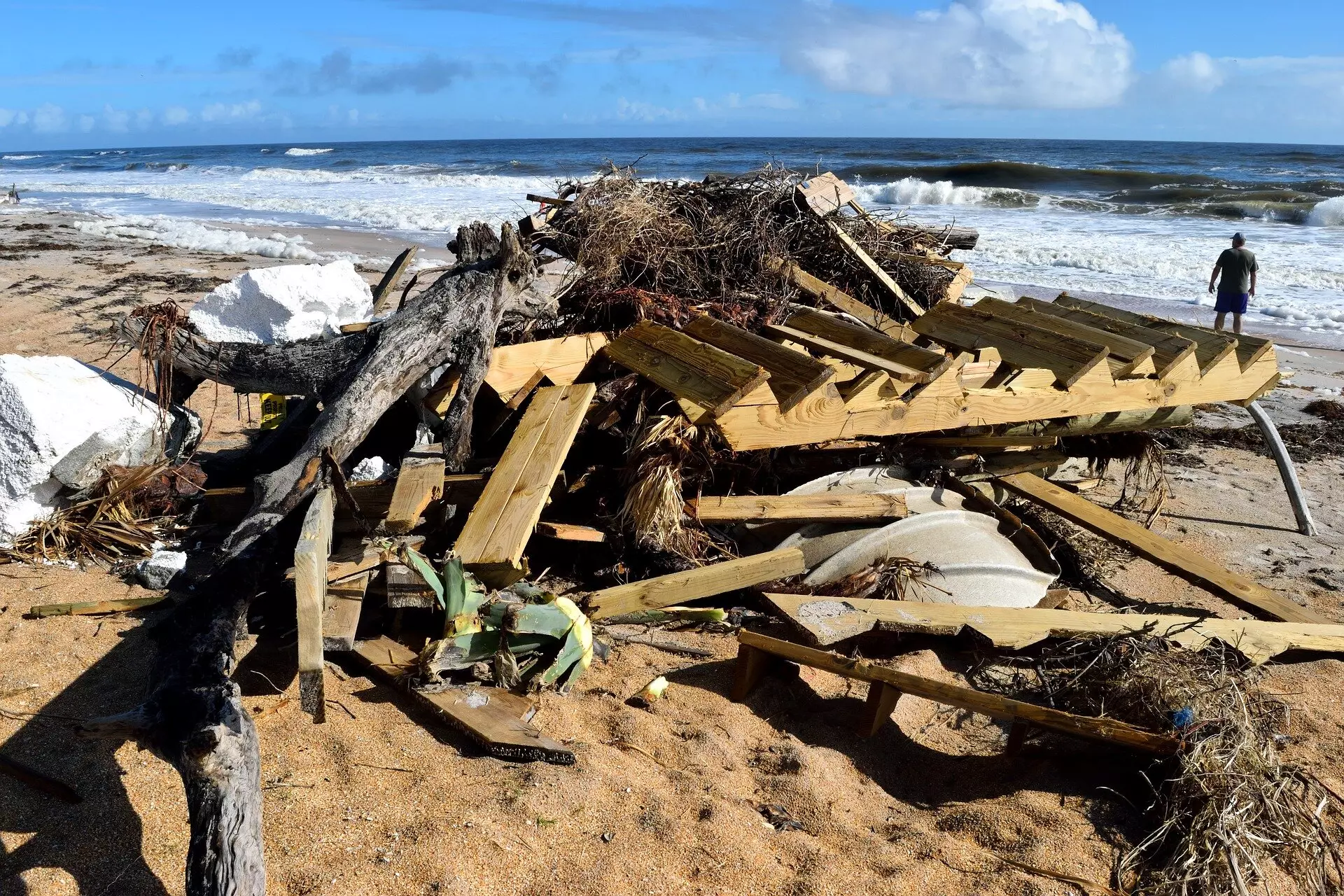Hurricanes and other severe weather phenomena are emerging as monumental challenges, not just in terms of human suffering but also financial strain. From 1980 to 2023, the United States witnessed a staggering $2.6 trillion in damages related to weather and climate disasters, underscoring the urgency of addressing these events. The year 2022 starkly illustrated the growing severity of these catastrophes, with 18 individual disasters each racking up losses of $1 billion or more. As climate change exacerbates the frequency and intensity of storms, the need for innovative and precise forecasting becomes paramount. Forecasting advancements hold the potential not only to save countless lives but also to mitigate the enormous economic burden placed on communities.
The Crucial Role of Advanced Forecasting Techniques
Research in meteorology shows that enhanced predictive capabilities can lead to more effective preparatory measures, including evacuation plans and emergency service modifications. Mostafa Momen, an academic at the University of Houston, affirms that “a better understanding of these storms” is essential for improving overall response strategies. This need for refinement in storm forecasting is further prompted by historical data indicating that U.S. hurricanes from 2000 to 2021 resulted in nearly 2,000 fatalities, creating a pressing demand for innovative methodologies that can address the limitations of existing predictive models.
Enter Md Murad Hossain Khondaker, a graduate student at the University of Houston, who, alongside his advisor, sought to delve deeper into the interaction between atmospheric friction and storm dynamics. The research team recognized that many existing models might fail to consider how atmospheric conditions impact hurricane intensity. They accessed substantial computing power through the Pittsburgh Supercomputing Center’s Bridges-2 supercomputer, made available via the NSF’s ACCESS allocation. This computational capacity was essential for analyzing the intricate and multilayered datasets relevant to their study.
Khondaker’s inquisitive approach led him to question how variations in the friction and diffusion parameters within meteorological models might affect hurricane intensity predictions. Their study aims to fill a gap in our comprehension of atmospheric friction, which is crucial for understanding storm behavior and forecasting patterns accurately.
The complexity of the research needed a high level of computational resources to process comprehensive datasets. Bridges-2 provided over 300,000 CPU-core hours, allowing the team to conduct essential simulations. For instance, simulating Hurricane Irma for 17 days with a resolution of eight kilometers required around 22 hours of computation using 128 processors. One of the primary outcomes of this research was a noticeable improvement in flood forecasts for hurricane-affected regions.
By reducing the diffusion aspect in their simulations, researchers made significant advancements in predicting hurricane intensity. Comparisons with standard weather models revealed that their enhanced forecasting approaches yielded a 40% improvement in accuracy. This jump in precision demonstrates the enormous potential of nuanced atmospheric studies. The revelations also carried substantial implications regarding rainfall and flooding—critical metrics that can dictate the fate of communities in storm-hit areas.
Unexpected Insights: Localized Rainfall Patterns
An unexpected but valuable insight from the study was the realization that stronger hurricanes do not inherently correspond with increased total rainfall. Instead, the rain often became more localized, presenting heightened risks for urban environments that can suffer devastating consequences from concentrated precipitation. This understanding draws a direct line to the aftermath of significant storms like Hurricane Harvey, which resulted in catastrophic flooding in the Houston area.
As climate change continues to challenge our weather patterns, the intersection of advanced computational techniques and an improved understanding of atmospheric dynamics will be critical in refining our forecasting capabilities. This study not only sheds light on the pressing issues surrounding hurricane intensity but also emphasizes the broader necessity for ongoing research and innovation to adapt to an increasingly unpredictable climate landscape. The knowledge gained from these investigations will undoubtedly play a pivotal role in shaping future emergency preparedness and response efforts.

